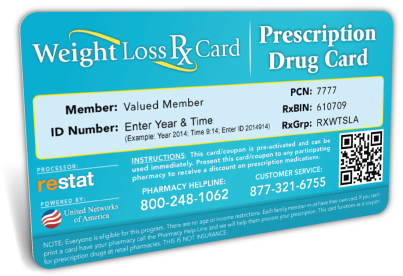- Weight-Loss News
- Exercise & Fitness: Facts & Statistics
Exercise & Fitness: Facts & Statistics
PHYSICAL ACTIVITY
- Only one in three children are physically active every day.
- Less than 5% of adults participate in 30 minutes of physical activity each day; only one in three adults receive the recommended amount of physical activity each week.
- Only 35 – 44% of adults 75 years or older are physically active, and 28-34% of adults ages 65-74 are physically active.
- More than 80% of adults do not meet the guidelines for both aerobic and muscle-strengthening activities, and more than 80% of adolescents do not do enough aerobic physical activity to meet the guidelines for youth.
- In 2010, research found adults in Alaska (72.5%), Montana (72.4%), Utah (71.8%), and Vermont (73.3%) were more likely to be physically active than any other state. Tennessee (51.8%), Louisiana (56.0%), Mississippi (57.2%), and Kentucky (57.9%) were the least active states in the nation. The national average is only 64.5%.
- Children now spend more than seven and a half hours a day in front of a screen (e.g., TV, videogames, computer).
- Nationwide, 25.6% of persons with a disability reported being physically inactive during a usual week, compared to 12.8% of those without a disability.
- Only about one in five homes have parks within a half-mile, and about the same number have a fitness or recreation center within that distance.
NUTRITION
- Typical American diets exceed the recommended intake levels or limits in four categories: calories from solid fats and added sugars; refined grains; sodium; and saturated fat.
- Americans eat less than the recommended amounts of vegetables, fruits, whole-grains, dairy products, and oils.
- About 90% of Americans eat more sodium than is recommended for a healthy diet.
- Reducing the sodium Americans eat by 1,200mg per day on could save up to $20 billion a year in medical costs.
- Food available for consumption increased in all major food categories from 1970 to 2008. Average daily calories per person in the marketplace increased approximately 600 calories.
- Since the 1970s, the number of fast food restaurants has more than doubled.
- More than 23 million Americans, including 6.5 million children, live in food deserts – areas that are more than a mile away from a supermarket.
- In recent years, nearly 15% of American households have been unable to acquire adequate food to help meet their needs.2 In 2008, an estimated 49.1 million people, including 16.7 million children, experienced food insecurity (limited availability to safe and nutritionally adequate foods) multiple times throughout the year.
OBESITY
- Data from 2009-2010 indicates that over 78 million U.S. adults and about 12.5 million (16.9%) children and adolescents are obese.
- Recent reports project that by 2030, half of all adults (115 million adults) in the United States will be obese.
- Overweight adolescents have a 70% chance of becoming overweight or obese adults.
- For children with disabilities, obesity rates are approximately 38% higher than for children without disabilities. It gets worse for the adult population where obesity rates for adults with disabilities are approximately 57% higher than for adults without disabilities.
- Obesity Then and Now
- Prevalence of obesity for children ages 2 to 5 years – doubled
- Early 1970s: 5%
- 2007-08: 10%
- Prevalence of obesity for children ages 6 to 11 years– quadrupled
- Early 1970s: 4%
- 2007-08: 20%
- Prevalence of obesity for children ages 12 to 19 years– tripled
- Early 1970s: 6%
- 2007-08: 18%
- Percentage of obese adults– doubled
- Early 1970s: 15%
- 2007-08: 34%
- States with an adult obesity prevalence rate of more than 25%:
- Early 1970s: Zero
- 2007-08: 32
- Nearly 45% of children living in poverty are overweight or obese compared with 22% of children living in households with incomes four times the poverty level.
- Almost 40% of Black and Latino youth ages 2 to 19 are overweight or obese compared with only 29% of White youth.
Human and Financial Costs of Obesity
- Obesity-related medical conditions cost our nation nearly $150 billion every year and account for 16 to 18 percent of our total healthcare costs (1 in every 6 dollars spent).
- Projections estimate that by 2018, obesity will cost the U.S. 21 percent of our total healthcare costs - $344 billion annually.
- Those who are obese have medical costs that are $1,429 more than those of normal weight on average (roughly 42% higher).
- The annual cost of being overweight is $524 for women and $432 for men; annual costs for being obese are even higher: $4,879 for women and $2,646 for men.
- Obesity is also a growing threat to national security– a surprising 27% of young Americans are too overweight to serve in our military. Approximately 15,000 potential recruits fail their physicals every year because they are unfit.
